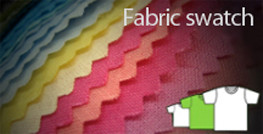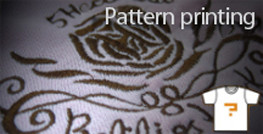Aramid Uniforms: The Ultimate Protection for Your Workforce
Looking for uniforms that provide superior protection and durability? Aramid uniforms are the ideal solution. Made from high-performance, lightweight aramid fibers, our uniforms offer exceptional resistance to heat, cuts, abrasions, and chemicals.
Benefits of Aramid Uniforms:
- Unmatched Protection: Aramid fiber's strength and resilience make our uniforms ideal for a wide range of industries, including:
- Manufacturing
- Construction
- Firefighting
- Law Enforcement
- Utilities
- Lightweight and Comfortable: Aramid fibers are remarkably lightweight, making our uniforms comfortable to wear even during extended shifts.
- Long-Lasting Durability: Our aramid uniforms are designed for long-lasting use, providing exceptional resistance to wear and tear.
- Enhanced Visibility: We offer a variety of color options to ensure optimal visibility for your workforce.
- Customizable Options: Tailor your uniforms to your specific needs with a wide selection of styles, sizes, and customization options.
Choose Aramid Uniforms for:
- Improved Worker Safety: Protect your workforce from hazards and potential injuries.
- Increased Productivity: Comfortable and durable uniforms allow workers to focus on their tasks.
- Enhanced Brand Identity: Create a professional and cohesive look for your team.
Order your Aramid uniforms today and experience the ultimate protection for your workforce!
1. What is an aramid uniform?
An aramid uniform is a type of workwear made from aramid fibers, a type of synthetic fiber known for its high strength, heat resistance, and durability. Aramid uniforms are commonly used in industries where workers are exposed to hazards such as heat, flame, chemicals, and abrasions.
2. What are the benefits of wearing an aramid uniform?
Aramid uniforms offer numerous benefits, including:
- Enhanced protection: Aramid fibers provide excellent protection against heat, flame, and chemical exposure.
- Durability: Aramid uniforms are highly resistant to tears, abrasions, and punctures.
- Comfort: Aramid fabrics are lightweight and breathable, providing comfort for wearers.
- Flame resistance: Aramid uniforms are inherently flame-resistant, meaning they will not easily ignite or burn.
- Chemical resistance: Aramid uniforms can resist a variety of chemicals, including acids, bases, and solvents.
3. What industries use aramid uniforms?
Aramid uniforms are widely used in various industries, including:
- Firefighting: Firefighters rely on aramid uniforms for protection against heat, flames, and hazardous materials.
- Oil and gas: Workers in the oil and gas industry wear aramid uniforms for protection against flames, chemicals, and abrasions.
- Manufacturing: Aramid uniforms are common in manufacturing settings where workers may be exposed to heat, sparks, or chemical hazards.
- Construction: Workers in construction often wear aramid uniforms for protection against falls, abrasions, and heat.
- Military and law enforcement: Aramid uniforms are used by military and law enforcement personnel for protection against ballistic threats and other hazards.
4. How do I care for an aramid uniform?
To ensure the longevity and performance of your aramid uniform, follow these care instructions:
- Wash according to the manufacturer's instructions: Most aramid uniforms can be washed in a washing machine with mild detergent.
- Avoid using bleach or fabric softener: These products can damage the aramid fibers.
- Dry according to the manufacturer's instructions: Some aramid uniforms can be machine-dried, while others require line drying.
- Inspect the uniform regularly: Check for any damage or wear and tear, and repair or replace any damaged parts as needed.
5. What is the difference between aramid and Nomex?
Nomex is a specific type of aramid fiber. While aramid refers to a broad category of synthetic fibers, Nomex is a brand name for aramid fibers manufactured by DuPont. Both aramid and Nomex are known for their high strength, heat resistance, and durability.
This FAQ should provide a basic understanding of aramid uniforms. If you have any other questions, feel free to ask!






























